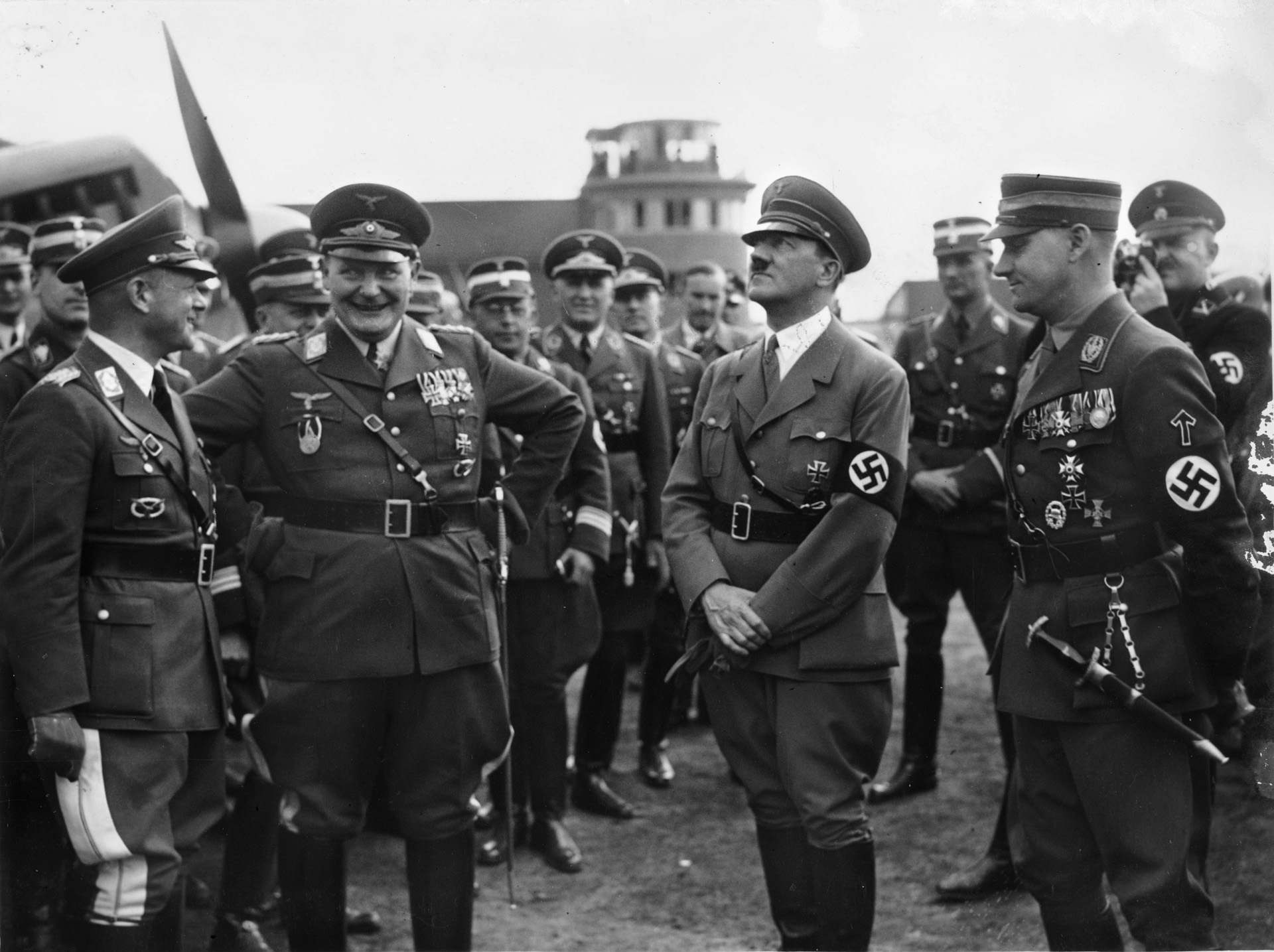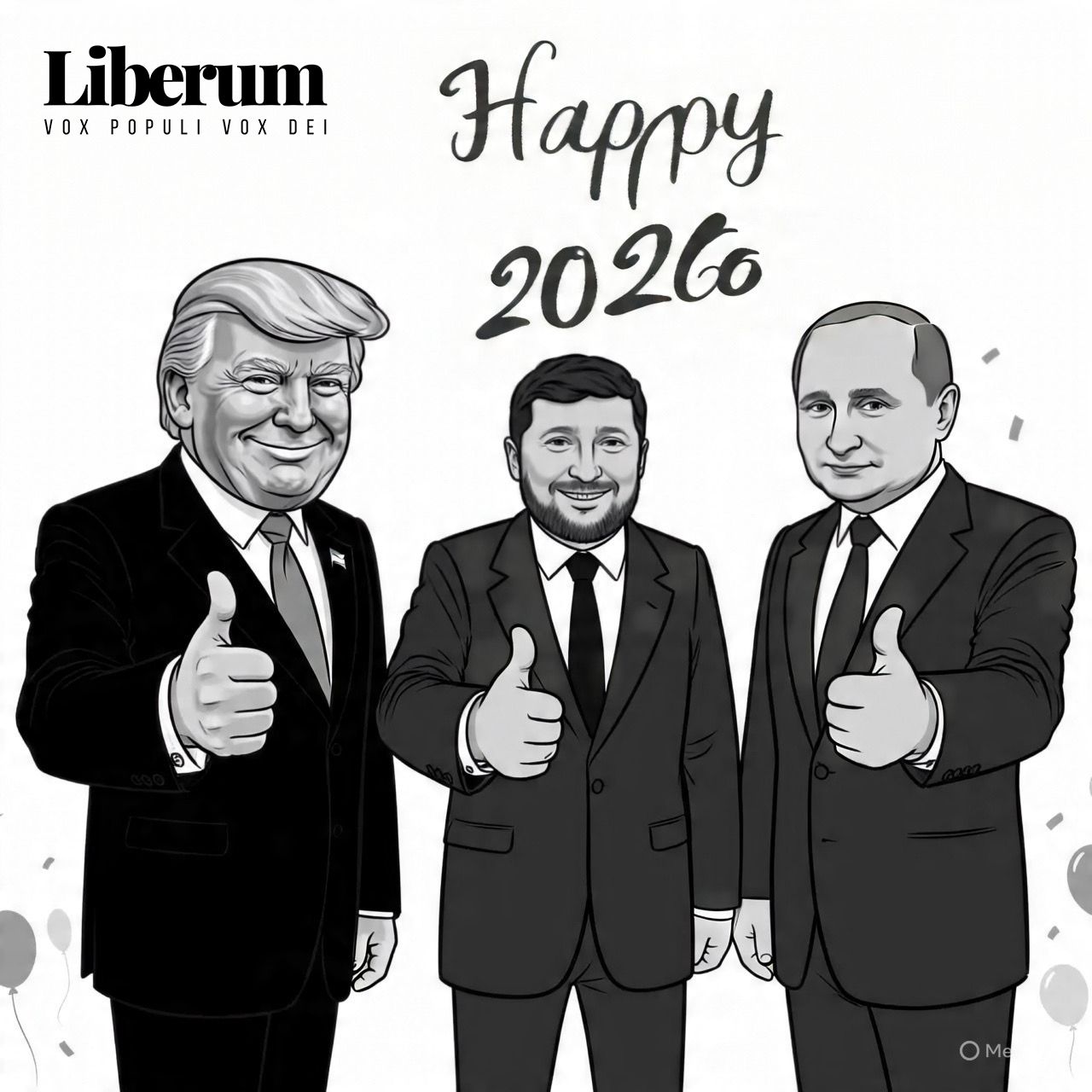
They wore Wehrmacht uniforms. They marched under the swastika. And they had Jewish blood.
Not fictional characters, not legends — but a historical fact. Hundreds of thousands of soldiers with partial Jewish ancestry fought for the Third Reich, not despite, but because of Adolf Hitler’s own signature.
Historian Bryan Mark Rigg uncovered the truth: up to 150,000 men with a Jewish parent or grandparent served in the German army. They were called Mischlinge — half or quarter Jews — and they were the exception that undermines the rule.
While the Holocaust raged, some were granted a Deutschblütigkeitserklärung - a declaration of “German blood,” personally signed by the Führer.
Why did they fight?
Out of fear. Out of duty. In hopes of saving their families. Sometimes out of opportunism or denial. Most remained silent. After the war, they were filtered out of collective memory because they didn’t fit the neat image of perpetrator or victim.
The irony is sharp and cruel. Werner Goldberg, a half-Jewish soldier, was even featured on Nazi propaganda posters as the model of the “ideal German soldier.” His face became a symbol of the very race he supposedly defiled.
Rigg reveals what regimes would rather keep hidden: the lines between friend and enemy, race and identity, loyalty and betrayal are not as clear as ideologies would have us believe.
A system that proclaims racial purity but bends its own rules when convenient ultimately betrays itself.
These men’s stories are not historical footnotes — they are fracture lines. They show how power functions through paradox. How survival sometimes means marching in a parade you despise. And how a regime obsessed with control is forced to falsify its own truth.
This doesn’t make history less horrific — but it does make it more human.
And more unsettling.







This is indeed an unsettling article, but states well expressed truths that should be revealed.